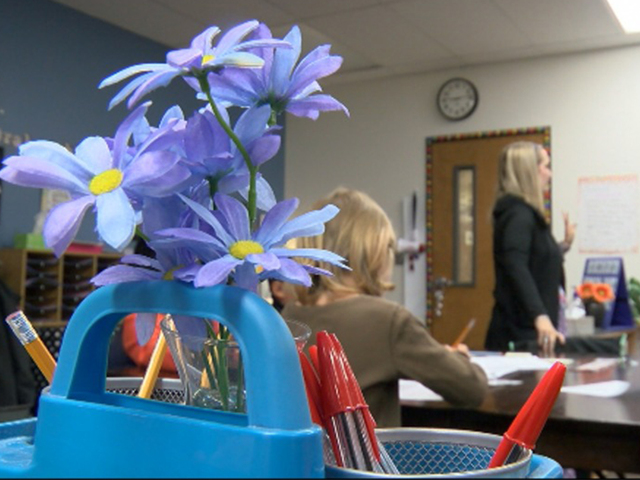
Protecting Kids During Playtime
Play has actually commonly been called the work of kids, a time when they exercise growing bodies, wild creativities and critical friendships. Whether your youngster is cavorting at the beach, on the playground, in the garden or having fun with other children at day camp, you’ll wish to make certain they’re having fun as well as remaining without any type of major injuries (the occasional scuffed knee is pretty unavoidable!).
Shield your youngsters and also their chums from play risks by following some sound safety and security standards.
Adult Supervision
There’s no replacing suitable grown-up guidance. From a community moms and dad to a caring summer season day camp therapist, supervision is the leading factor in keeping play time safe and also secured. When enjoying a group of children bear in mind pushing, pushing or congestion play equipment. Naturally, waterfront guidance calls for the highest degree of watchfulness; it only takes a second for disaster to strike. Youngsters need to also be educated to play sensibly, not roughhousing on equipment like slides and also jungle gyms, gliding feet first as well as not climbing on outdoors guardrails.
Playground Security
Playgrounds, from a straightforward swing set to a fancy and also colorful play-scape, are seasonal youngster favorites. Before you turn the youngsters loose, nevertheless, do a quick inspection of the premises to check for some common risks. Be sure tools appears properly maintained and free of sharp things, sticking out screws or nails, splinters, debris, stumps and also standing water.
Maintain children under 5 off tools made for the “huge children”. If possible, don’t go to a playground with concrete, turf or dust groundcover; shredded woodchips, rubber mats, sand or various other loosely filled up products about 12 inches deep as well as extending out at least six feet from play frameworks provide the most safe surface area.

The mixed elevation of the play ground framework as well as the kid standing on the acme ought to not be more than 12 feet for maximum safety. Sand boxes must be clear sticks, bugs as well as busted glass as well as preferably need to be covered at night to stop being used as a “litter box” by roaming pets.
Bike Security
Everybody knows that no person, youngsters consisted of, must take even the quickest bike ride without a headgear; bike injuries make up even more emergency room injuries in kids from five to 15 than any type of other sport. Make certain your child uses one whatsoever times which it’s appropriately fitted.
Kids should likewise have lights on their bikes, use reflective gear as well as know the customary practices; it’s estimated that reflectors decrease the danger of being hit by a car by about 85 percent. Several recreation center, police and also fire districts conduct bike safety courses; look for one in your area this springtime. If young children are cruising around your driveway, block off the path with an expansion ladder to quit them from drifting into the street.
Beachfront Security
Warm climate is on the way (finally!) and also you as well as the kids will certainly soon be sinking your toes in the sand. Also if your youngsters know how to swim, it is essential to keep an eagle eye on them. Swim only at lifeguarded beaches, watch out for round waves and hole currents and protect your neck by diving in feet initially unless you are positive the water is very deep.
Young children or inexperienced swimmers must wear an inflatable float life vest both in and around the water. So just check out the link for more safety tips.










